Zen 2 CPU & RDNA 2 GPU equipped game machine 'Xbox Series X' disassembly report, I checked Microsoft's technology packed in a black box

Released on November 10, 2020, Microsoft's Xbox Series X is a next-generation game machine equipped with a Zen 2 architecture CPU and RDNA architecture GPU, capable of 4K and up to 120Hz output. I took a closer look at what the contents of the game console packed with Microsoft technology are, disassembled the Xbox Series X that I pre-purchased at once, and what each part is made.
All-new Xbox Series X | Xbox
You can see how the Xbox Series X came apart by reading the article below.
I disassembled Micosoft's next-generation game machine 'Xbox Series X' into pieces and took a look at the contents --GIGAZINE

First, the case and back panel.

The green mesh part seen from the top surface looks like this, and it has a two-layer structure.

The back panel was engraved with the 'Microsoft' logo.

The Xbox One S had one board, but the Xbox Series X has two boards. It looks like this when I removed the heat sink and shield from the first board and wiped off the CPU grease.

In the center is the Xbox Series X SoC. Approximately 47% of the total area is occupied by GPU clusters with RDNA 2 architecture, approximately 11% with CPU clusters with Zen 2 architecture, and the rest is occupied by GDDR6 controllers and IO. The development project name 'PROJECT SCARLETT' is engraved on the surface.

And it is the memory of GDDR6-14gb that surrounds the SoC all around. The total capacity is 10GB.

Looking at the back side, there are a lot of precision parts. Since the board itself has a multi-layer structure, not all circuits are exposed, but it is still quite dense.

Power management coils are lined up in the shield frame.


Expansion storage card slot for Xbox Series X and HDMI output terminal.

Next to the expansion storage card slot, there were four inputs left, just like a USB connector could be attached.

NVMe-connected SSD mounted on the board. It corresponds to the M.2 slot.

The product number is Western Digital's CH SN530. According to the

However, when I
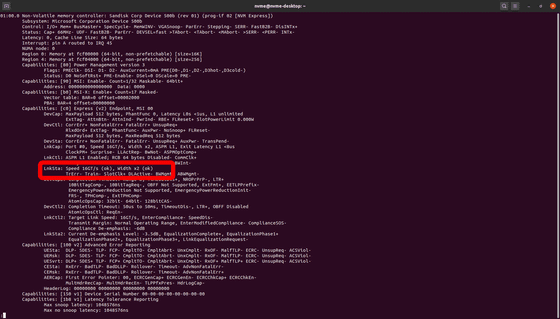
The contents were divided into 6 partitions as shown below.
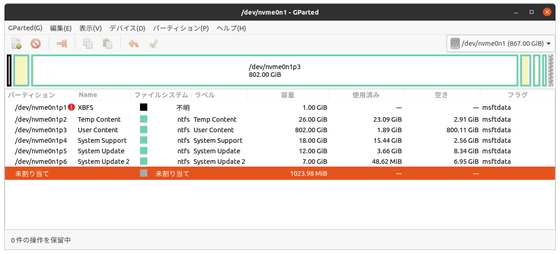
The scan result with
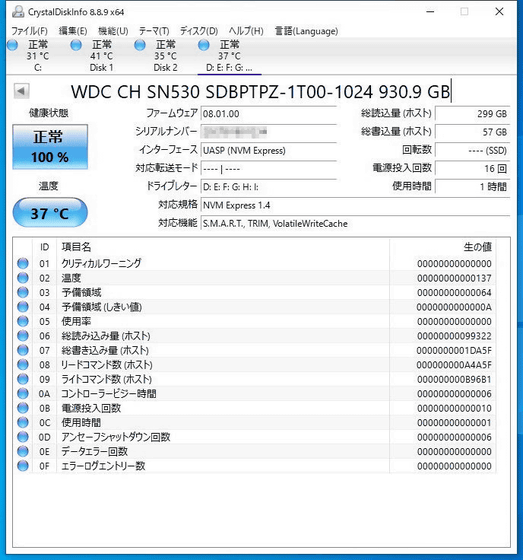
When I looked it up, the Xbox Series X version of the CH SN530 seemed to have a different controller chip than the conventional CH SN530.

This is a chip that seems to be a

The second board looks like this.
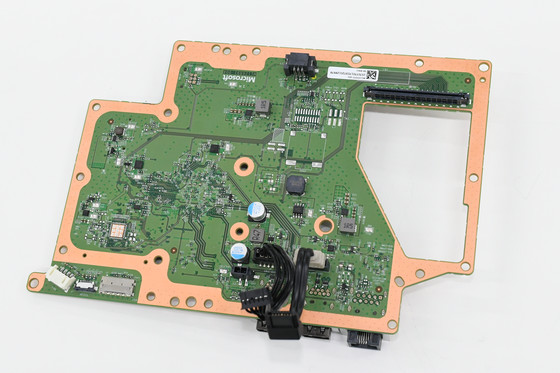
Turn it over and it has a LAN port and a USB connector.

And the chip with the logo of the previous generation Xbox One was placed in a prominent position. As far as I can see the circuit, it seems that I / O is controlled, but the details are unknown. When I searched for the code written on the chip, nothing came out.
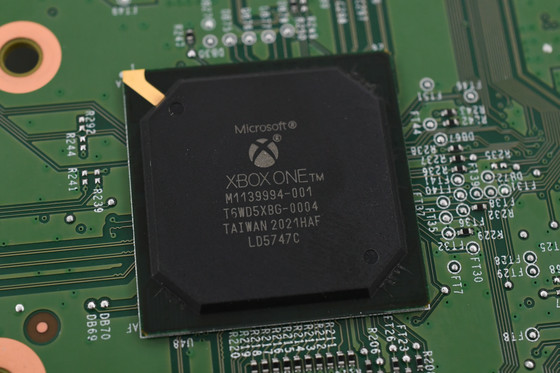
Button batteries on the board ...
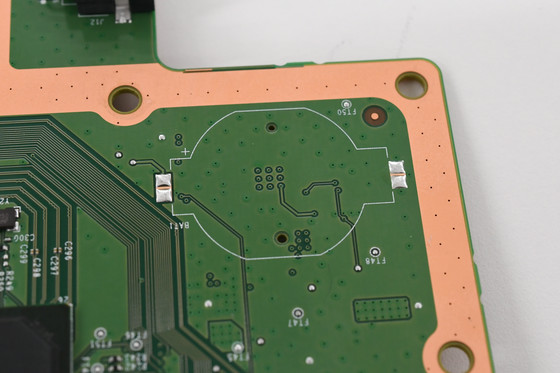
There were some places where there was space in the circuit for some reason, although there were no parts such as speakers and
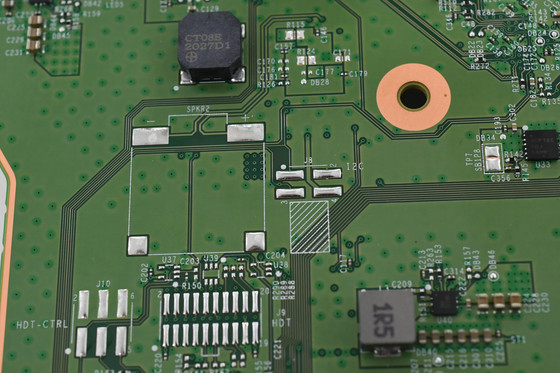
Ribbon cable connecting the first and second boards

And a die-cast frame sandwiched between two boards.

The part that hits the shield that covers the SSD was engraved with 'SSD Solid State Drive'.
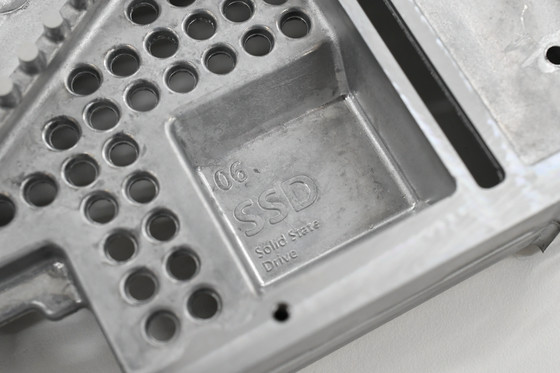
The heat sink looks like this. The green clay that is pasted is cool to the touch and seems to be made of a material with high thermal conductivity. There are slit-shaped parts under the copper plate.

The end of the heat pipe protruded from the end of the copper plate.
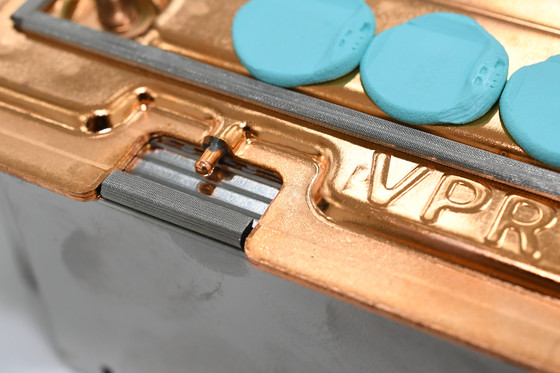
The optical disc drive is DG-6M5S compatible with Blu-ray.
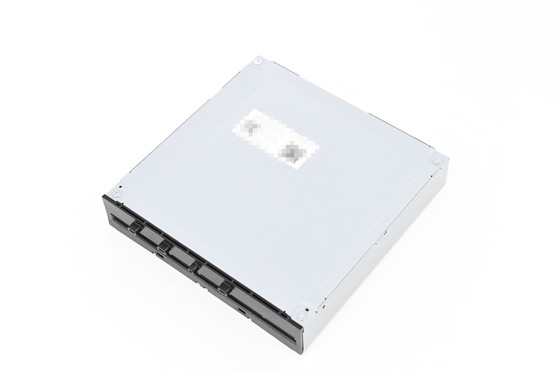
The DG-6M5S is the
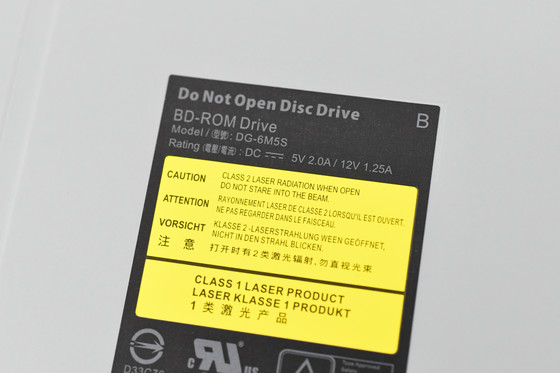
A panel that secures an optical disc drive to the case.
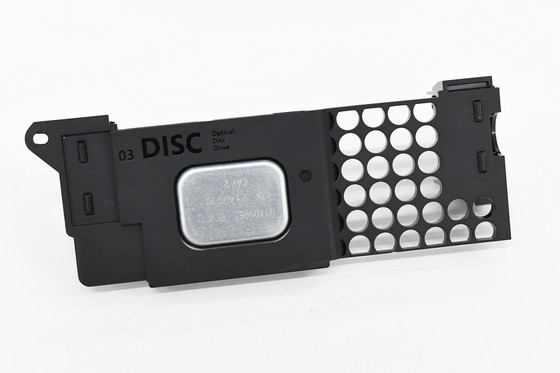
It is engraved with 'Optical Disc Drive'.
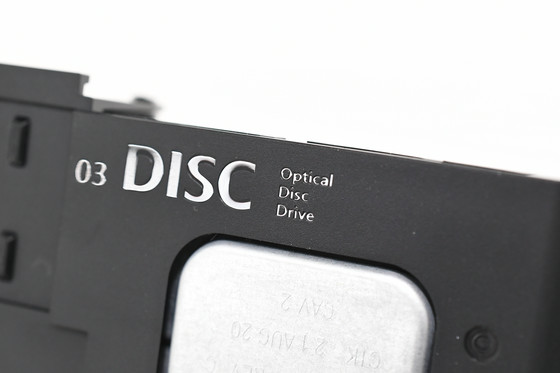
Metal parts are fitted from the back side. It doesn't seem to make sense to pay attention to the exhaust heat on the back side of the optical disk drive, so it's unclear what the metal parts were attached to.
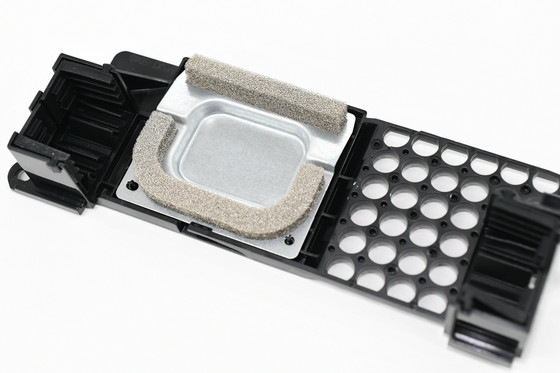
A silent fan installed on the top surface. The Xbox Series X is a system that cools the airflow from the bottom to the top while dividing it into multiple parts, and for the Xbox Series X, which seems to have a considerable amount of heat exhausted due to its high performance, this fan is essential.
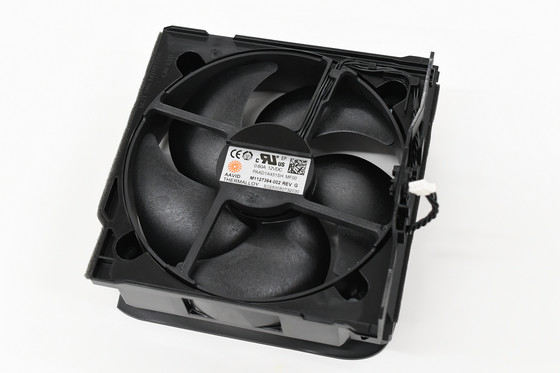
The fan is made by
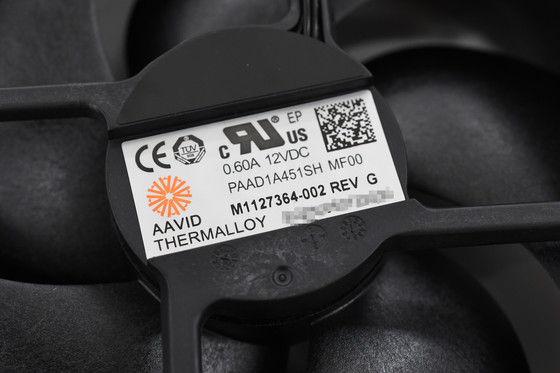
In the corner of the fan, the mask of the Master Chief, the main character of '
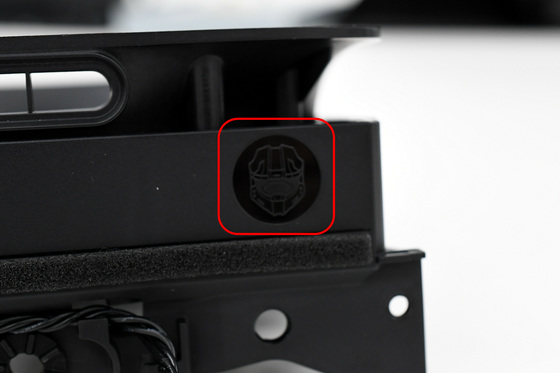
A board equipped with a receiving sensor and a USB connector for connecting to the controller
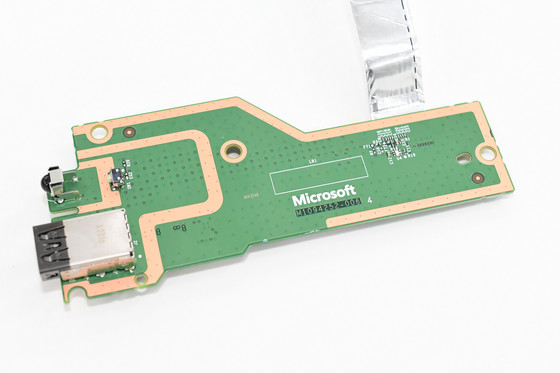
I found a mysterious shield on the back side. I was really wondering what I was hiding ...

Only in this part of the Xbox Series X, the shield is firmly fixed, so I gave up peeling it off.

This is a board with a switch for turning on the power.
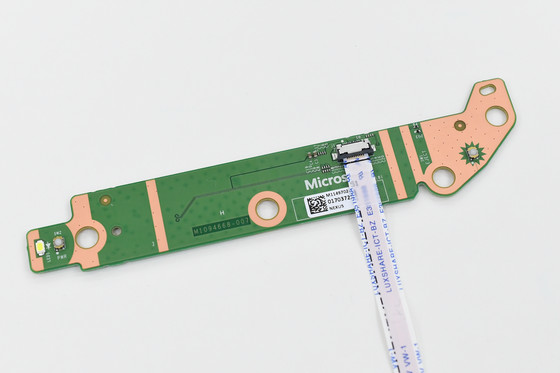
LED and switch. Xbox Series X starts when you press the button with the Xbox logo on the main unit. The button glows white.
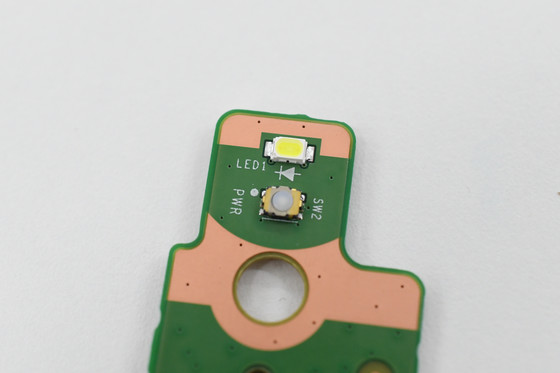
Two types of boards are wireless related
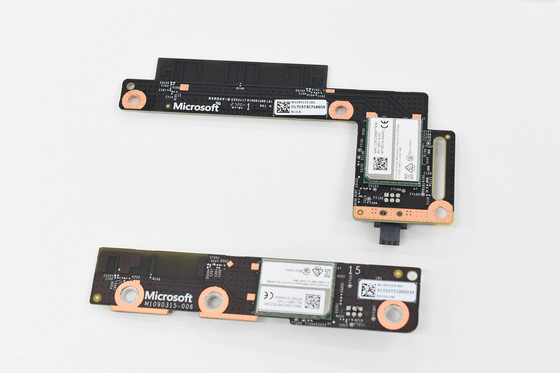
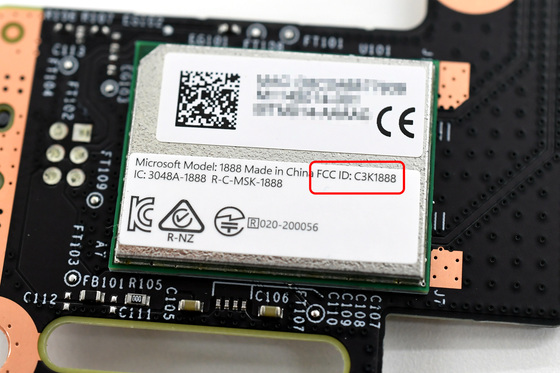
However, the other '
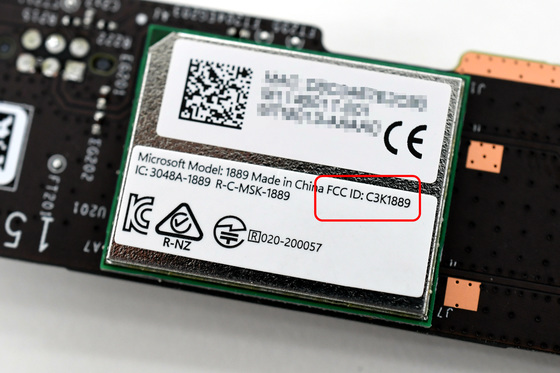
In addition, when I tried to watermark both boards, I could see the antenna part.
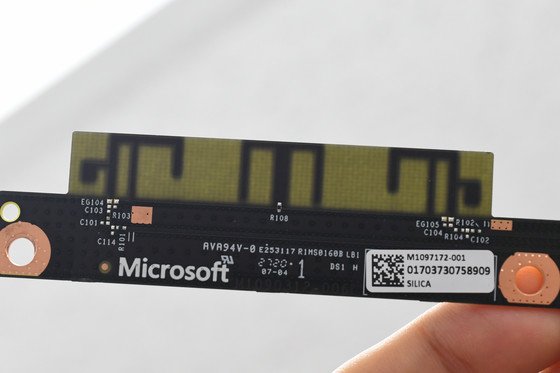
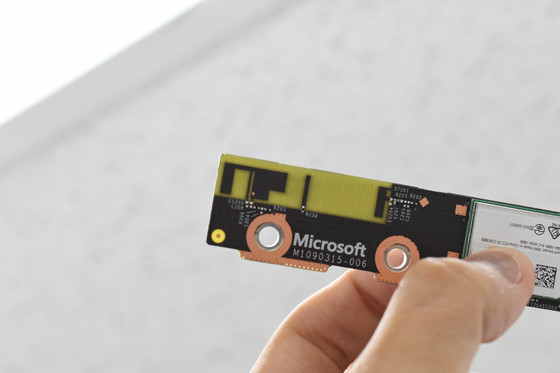
The power supply is housed in a sturdy metal case.

Screw in a flat-blade screwdriver and pry it open.
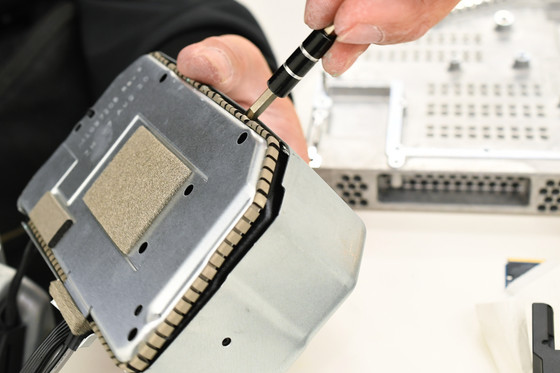
You can also pry open the plastic case.

The contents of the power supply look like this. Each part is covered with white resin and has a silver heat sink.
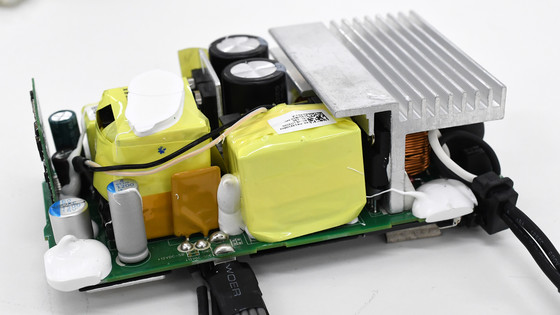
The control board was made by
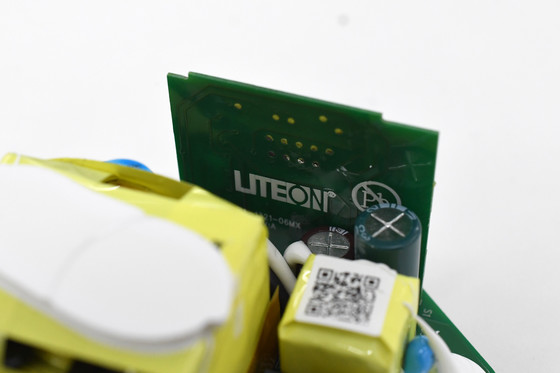
So, after looking at all the parts, I tried to assemble them all and put them back together ...
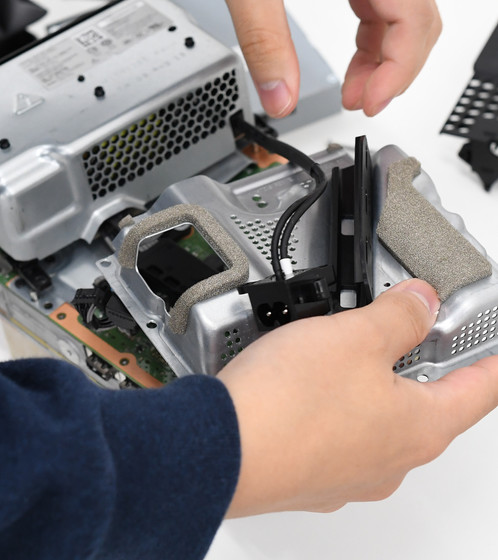
Apparently there was a problem around the power switch, so I pressed the switch and didn't say anything.
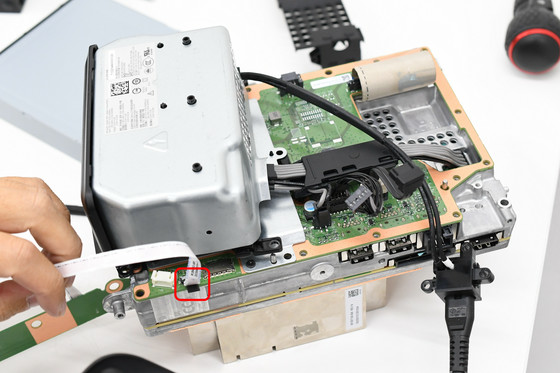
When I looked it up, it seemed that there was a problem with the ribbon cable connector that connects the switch board and the main board. It seems that either the ribbon cable or the connector had a physical failure while pulling out or connecting the ribbon cable.
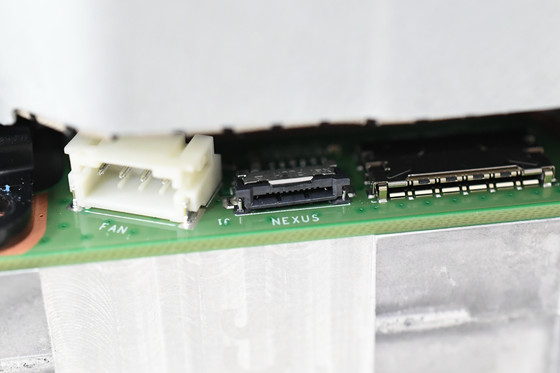
If you just turn on the power, you can do it from the controller, so you can play for the time being. Obviously, an expensive game machine that costs about 50,000 yen may turn into a box in an instant, or you may get an electric shock, so if you want to disassemble it, please do it at your own risk.
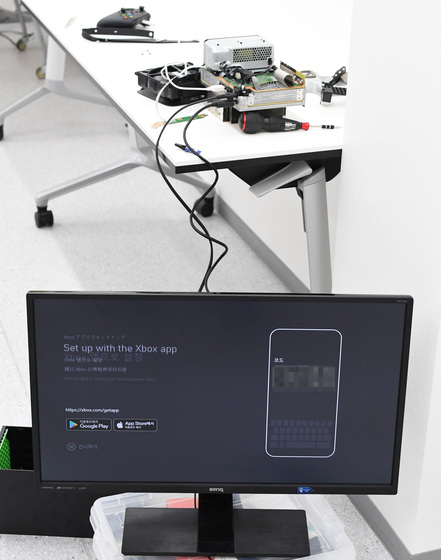
Related Posts:






